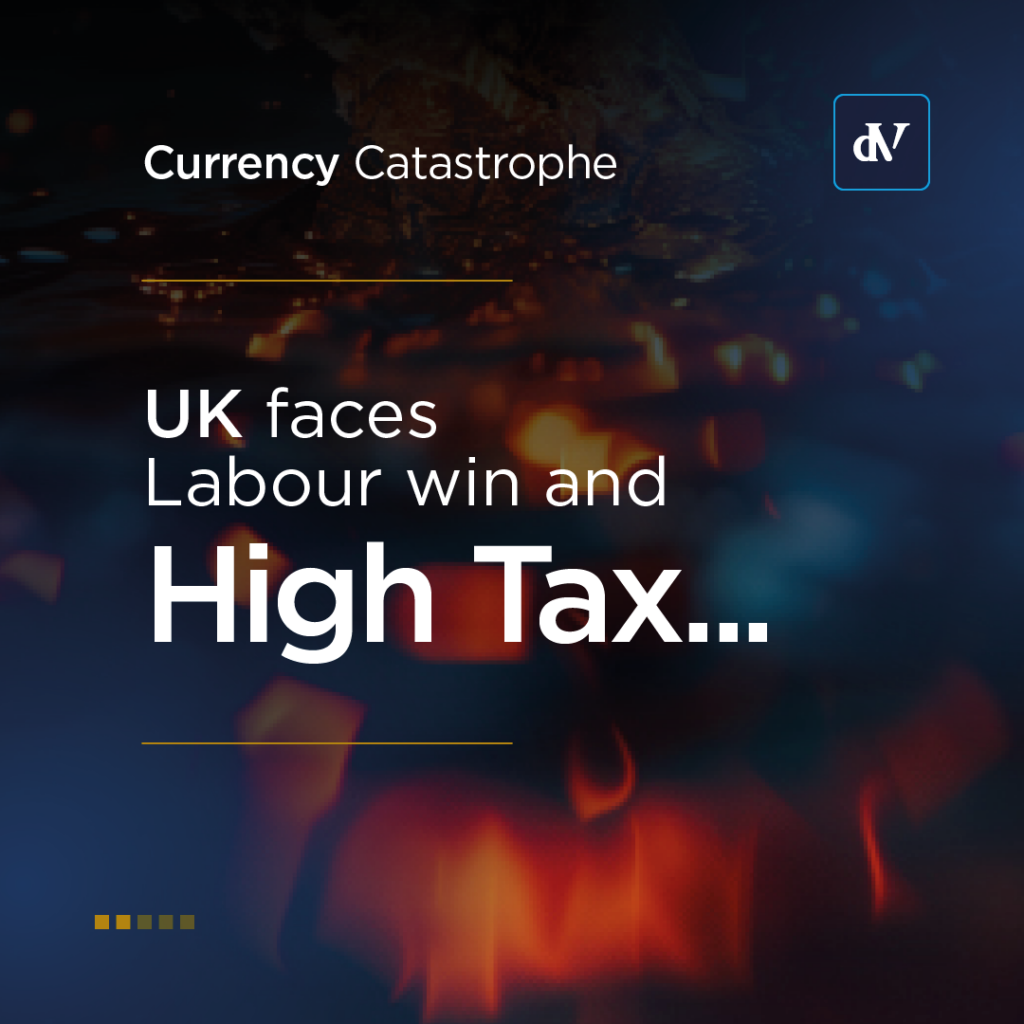|
Getting your Trinity Audio player ready...
|
If we asked you, “What was the Great Depression?”, how would you answer?
Perhaps you’d recall it as a significant economic downturn, or maybe remember a key date – 1929. But the reality is, understanding the Great Depression is about much more than historical facts and dates. It’s about the lessons we can draw from it today, to build a resilient financial future for ourselves.
So, we’d like to journey back to the late 1920s and early 1930s with you, to explore this impactful period in global economic history.
Then came the fateful year – 1929. Confidence in the market began to waver, triggering a wave of sell-offs. The stock market, much like a house of cards, collapsed. This event, commonly known as the Stock Market Crash of 1929, marked the beginning of the Great Depression. But it wasn’t just the crash that pushed the global economy into depression. It was also the inadequate response from the authorities.
To get a true understanding of what caused the 2008 financial crisis you have to piece together, in chronological order, some major key causes. Luckily, we’ve done it already:
The Stock Market Crash begins, marking the start of the Great Depression.
The bubble bursts. The housing market started to fall, leading to defaults on mortgages. This left many banks with worthless MBS and a severe lack of liquidity.
Widespread bank failures across the United States.
Unemployment peaks at around 25% in the U.S.
President Franklin D. Roosevelt implements the "New Deal" policies.
The onset of World War II stimulates economic recovery.
To put it in perspective, imagine you owned a small bakery. You rely on imported flour to make your bread, but suddenly, the price of imported flour skyrockets due to increased tariffs. You’re forced to raise the prices of your bread, but your customers, also feeling the pinch of the Depression, can no longer afford it. Sales drop, and eventually, you might even have to close your business. This was the kind of domino effect that took place on a global scale during the Great Depression.
During the Great Depression, what was Chancellor Brüning nicknamed? Known as the “Hunger Chancellor”, his austerity measures and economic policies only served to deepen the crisis, leading to further public discontent.
By piecing together the global impact of the Great Depression, we can start to visualise how interconnected our world truly is. An economic crash in one country can create ripples that can turn into waves of crises in others. It’s a stark reminder that in our increasingly globalised world, we must keep an eye on global financial health, not just our own.
We believe that it’s not enough to merely recount the past. Our mission is to provide you, our readers, with enough information that allows you to use these historical signposts to light your own path forward. The Great Depression, as crushing as it was, provides us with valuable lessons that can guide our financial decisions of today. These include, but are not limited to:
The Great Depression was a time of enormous hardship, but it’s also a testament to human resilience. Economies recovered, people rebuilt their lives, and the lessons learned have informed economic policies and personal finance strategies for generations.
If you found this detailed analysis useful in any way, keep an eye out for Part 2, where we will follow the electronic pulses that sent global shockwaves during the great Energy Crisis in the 1970s.
Until then, keep asking questions, keep learning, and most importantly, keep forging your path to financial literacy.
It is important to stay secure while using the internet. It has been reported that external entities falsely represent themselves as providing financial services for deVere Investment and may use the names of current employees when attempting to carry out fraudulent activities.
Report fraud by emailing [email protected].
© 2010 – 2024 deVere Group. All rights reserved.



